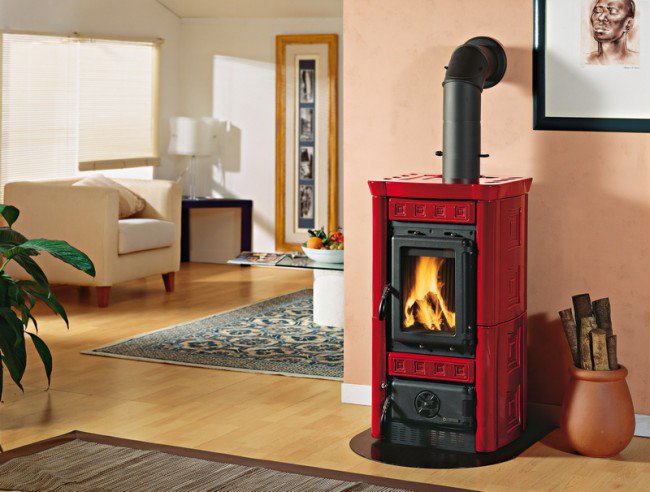
Heating electrical appliances.
The operation of electrical heating devices is based on the conversion of electrical energy into heat as a result of:
- heat release when current flows through the conductor … read on

Heating electrical appliances.
The operation of electrical heating devices is based on the conversion of electrical energy into heat as a result of:
- heat release when current flows through the conductor … read on
 When we think of a tiled stove, such associations as heat come to mind., coziness. atmosphere of a living room, crackling wood or open fire. Who then thinks about the technique behind it. … read on
When we think of a tiled stove, such associations as heat come to mind., coziness. atmosphere of a living room, crackling wood or open fire. Who then thinks about the technique behind it. … read on
 A chimney stove is usually made of cast iron or steel hearth, which is manufactured in the factory and delivered in a condition that allows immediate connection. It usually has an individual finish in a different form … read on
A chimney stove is usually made of cast iron or steel hearth, which is manufactured in the factory and delivered in a condition that allows immediate connection. It usually has an individual finish in a different form … read on
 Convection oven
Convection oven
In convection tiled stoves, a brickwork is built around the metal combustion chamber and an additional heating box made of cast iron or sheet metal matched to it.. This' brickwork’ can both be made … read on
 Combined stove - In terms of the principle of operation and construction, a combined tiled stove is largely similar to a convection tiled stove. The main difference between them is the greater accumulation capacity of the furnace core … read on
Combined stove - In terms of the principle of operation and construction, a combined tiled stove is largely similar to a convection tiled stove. The main difference between them is the greater accumulation capacity of the furnace core … read on
 Examples of thermal characteristics of selected radiators.
Examples of thermal characteristics of selected radiators.
The table shows these types of characteristics for Rettig-Ratec and Purmo radiators. Choosing radiators, outside the pre-determined heat demand, other requirements should also be taken into account, and especially … read on
 Correction factors for the selection of Purmo heaters with other than nominal operating parameters of the central heating system.
Correction factors for the selection of Purmo heaters with other than nominal operating parameters of the central heating system.
An example is the data from the table for Purmo radiators. It follows from them, that heater … read on
Selection of heaters
The basis for selecting the surface of radiators for a heated room is the knowledge of the heat demand. When calculating thermal needs, attention should be paid to the method of laying heating risers in rooms. If these risers … read on
Other radiator designs.
Of the large number of different radiators, only slatted radiators will be presented. Slatted radiators (also called heating strips or radiators and plinths) they have the form of a skirting board placed against the walls … read on
Each floor heating system must be subject to technical and thermal tests. Their purpose is to establish the relationship between the heating capacity and the maximum temperature of the floor surface (ℑpmax) and the difference between the average temperature of the heating medium … read on